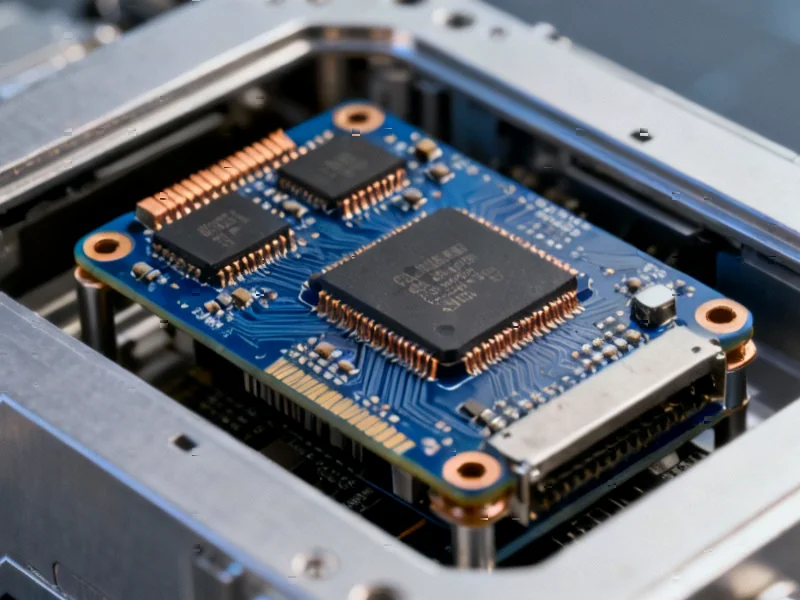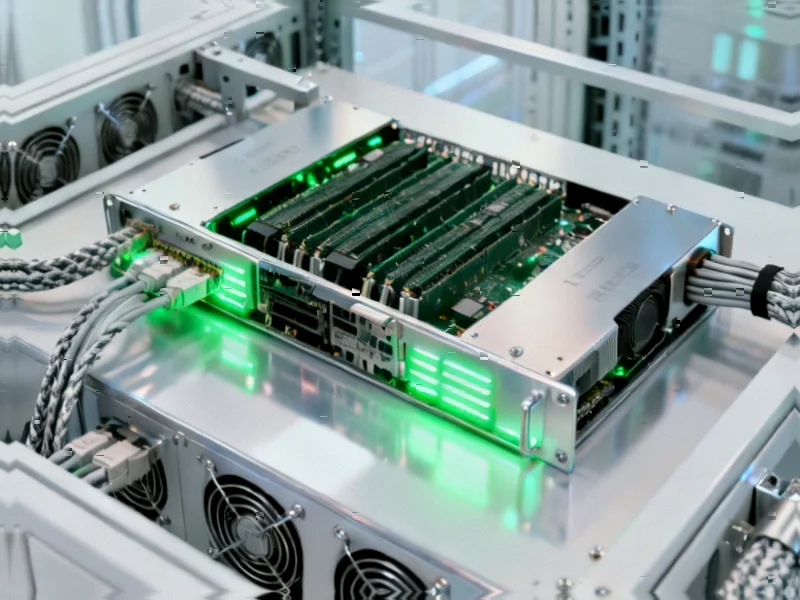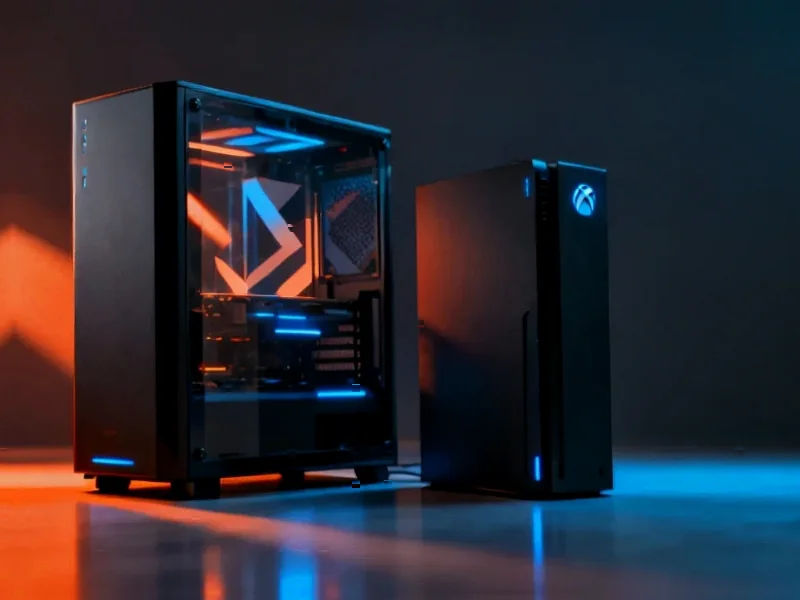According to SpaceNews, Power Device Corporation (PDC) has launched its Osiris Computer Module in October 2025, featuring Microchip Technology’s PIC64-HPSC microprocessor that delivers up to 26,000 DMIPS and 1 TFLOPS of processing power. The high-performance Single Board Computer comes in a compact 3U SpaceVPX form factor optimized for Size, Weight, and Power (SWaP) constraints and is available in three configurations: software development board, radiation-tolerant, and radiation-hardened versions. Building on PDC’s TRL-9 flight-proven SBC legacy, the module incorporates PDC’s radiation-hardened memory products for reliability in harsh space environments. The Bohemia, New York-based company, which has served aerospace and defense markets for over 60 years, positions the Osiris Module as enabling advanced satellite, payload, and planetary exploration capabilities. This announcement signals a major advancement in space computing technology that warrants deeper industry analysis.
Table of Contents
The Space Computing Revolution
The performance specifications of the Osiris Module represent what could be considered a generational leap in space computing capability. Achieving 1 TFLOPS (trillion floating-point operations per second) in a space-rated system marks a significant milestone, as previous generations of space computers typically operated at much lower performance levels due to radiation hardening requirements. This level of computational power enables capabilities previously reserved for ground-based systems, including real-time image processing, advanced AI inference, and complex scientific data analysis directly onboard spacecraft. The implications for mission architecture are profound—spacecraft can now process data in orbit rather than transmitting raw data to Earth, dramatically reducing communication bandwidth requirements and enabling faster decision-making for time-sensitive operations.
Shifting Competitive Dynamics
PDC’s partnership with Microchip Technology signals an important trend in the space electronics ecosystem. Traditional aerospace suppliers are increasingly collaborating with commercial semiconductor companies to leverage cutting-edge microprocessor technology while adding the necessary space qualification expertise. This approach allows companies like PDC to stay competitive against new space entrants who often prioritize performance over traditional radiation hardening. The three-tier configuration strategy—development, radiation-tolerant, and radiation-hardened—shows sophisticated market segmentation, allowing customers to select appropriate reliability levels based on mission criticality and budget constraints. This flexibility could help PDC capture market share across both traditional government missions and the growing commercial space sector.
Overlooked Technical Challenges
While the performance numbers are impressive, several technical challenges remain unaddressed in the announcement. The thermal management of a system delivering 1 TFLOPS in the vacuum of space presents significant engineering hurdles that aren’t mentioned. Additionally, the power consumption required for such performance levels could strain spacecraft power systems, particularly for smaller satellites. The transition between the three radiation tolerance levels likely involves substantial design compromises—what performance or functionality might be sacrificed in the fully radiation-hardened version compared to the development board? These practical implementation details will ultimately determine the module’s real-world utility across different mission profiles.
Next-Generation Mission Capabilities
The computational power of the Osiris Module opens doors to mission concepts previously considered impractical. Onboard AI processing could enable autonomous navigation around orbital debris, real-time target selection for Earth observation satellites, or intelligent data prioritization for deep space missions where communication delays make ground control impractical. The name “Osiris” itself, referencing the Egyptian god of the afterlife and rebirth, suggests PDC’s ambition to transform space computing paradigms. As Power Device Corporation continues to develop this technology platform, we can expect to see more specialized variants optimized for specific applications like planetary rovers, space station modules, or interplanetary spacecraft.
Broader Industry Impact
This announcement comes at a pivotal moment for the space industry, where computational requirements are escalating rapidly due to increasingly sophisticated payloads and autonomous operations. The ability to process complex sensor data, run machine learning algorithms, and handle advanced communication protocols in space will become standard requirements for next-generation missions. PDC’s approach of leveraging commercial semiconductor technology while maintaining space-grade reliability represents a sustainable path forward for the industry. As the company expands its manufacturing operations across New York, California, and the United Kingdom, this technology could become foundational for both government and commercial space programs seeking to push the boundaries of what’s possible in space exploration and utilization.



